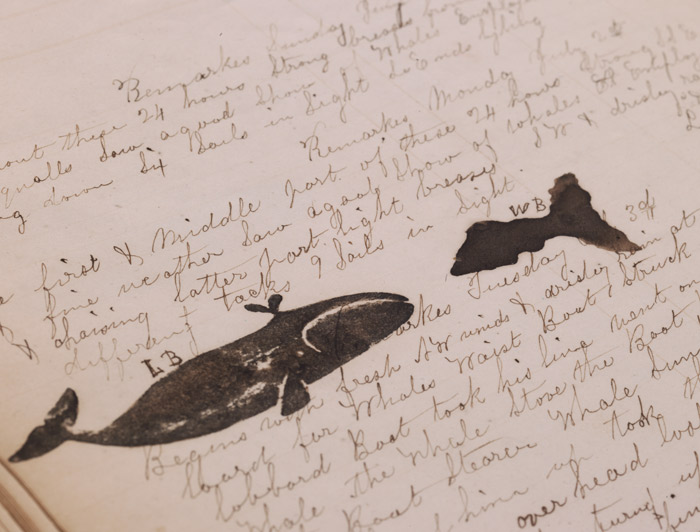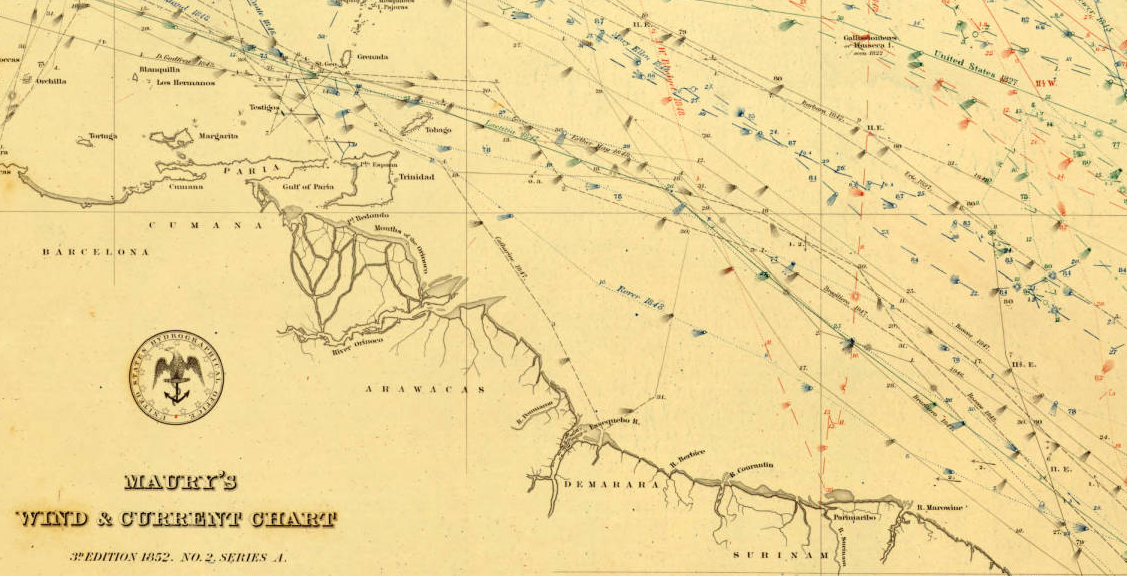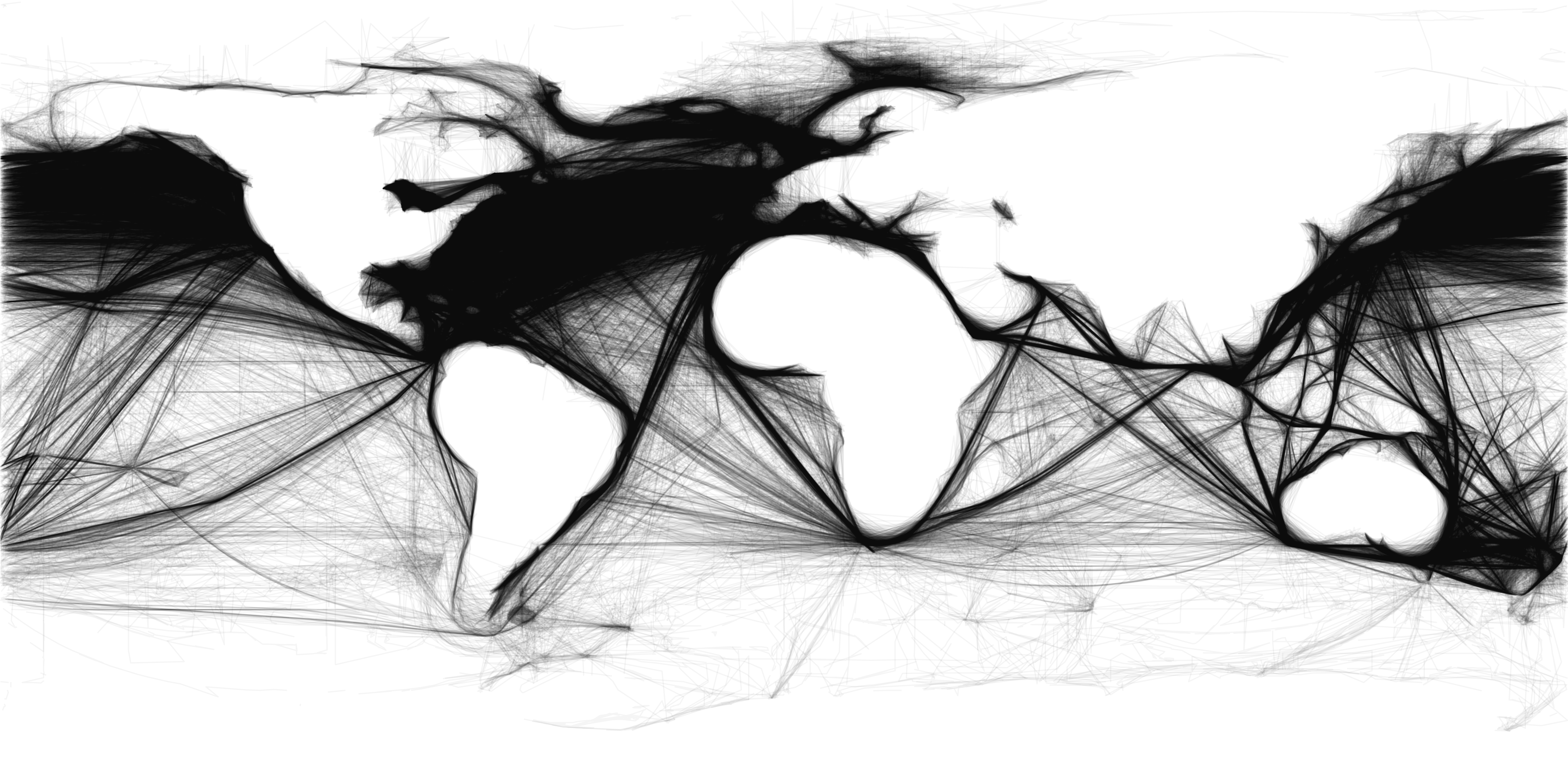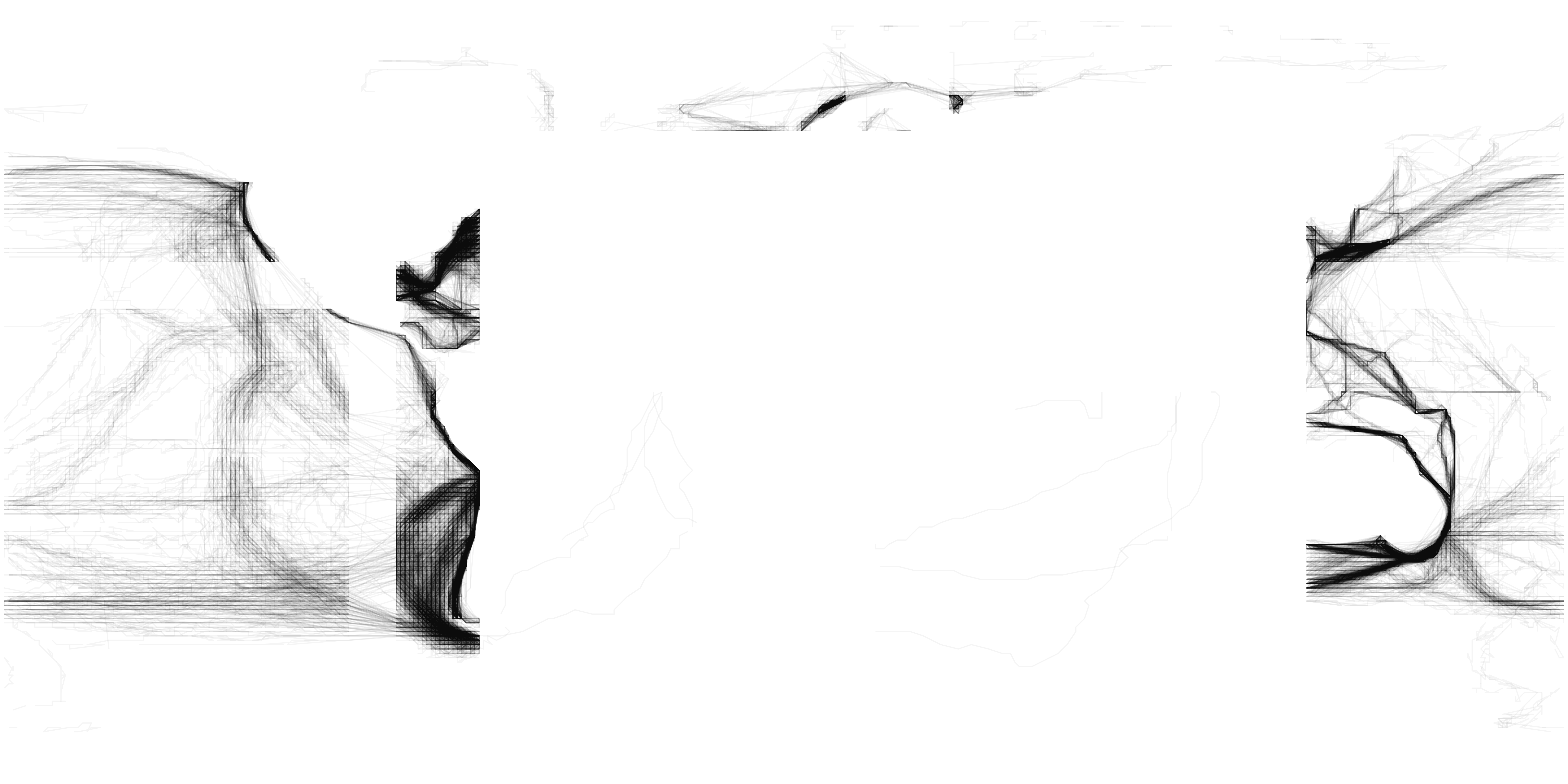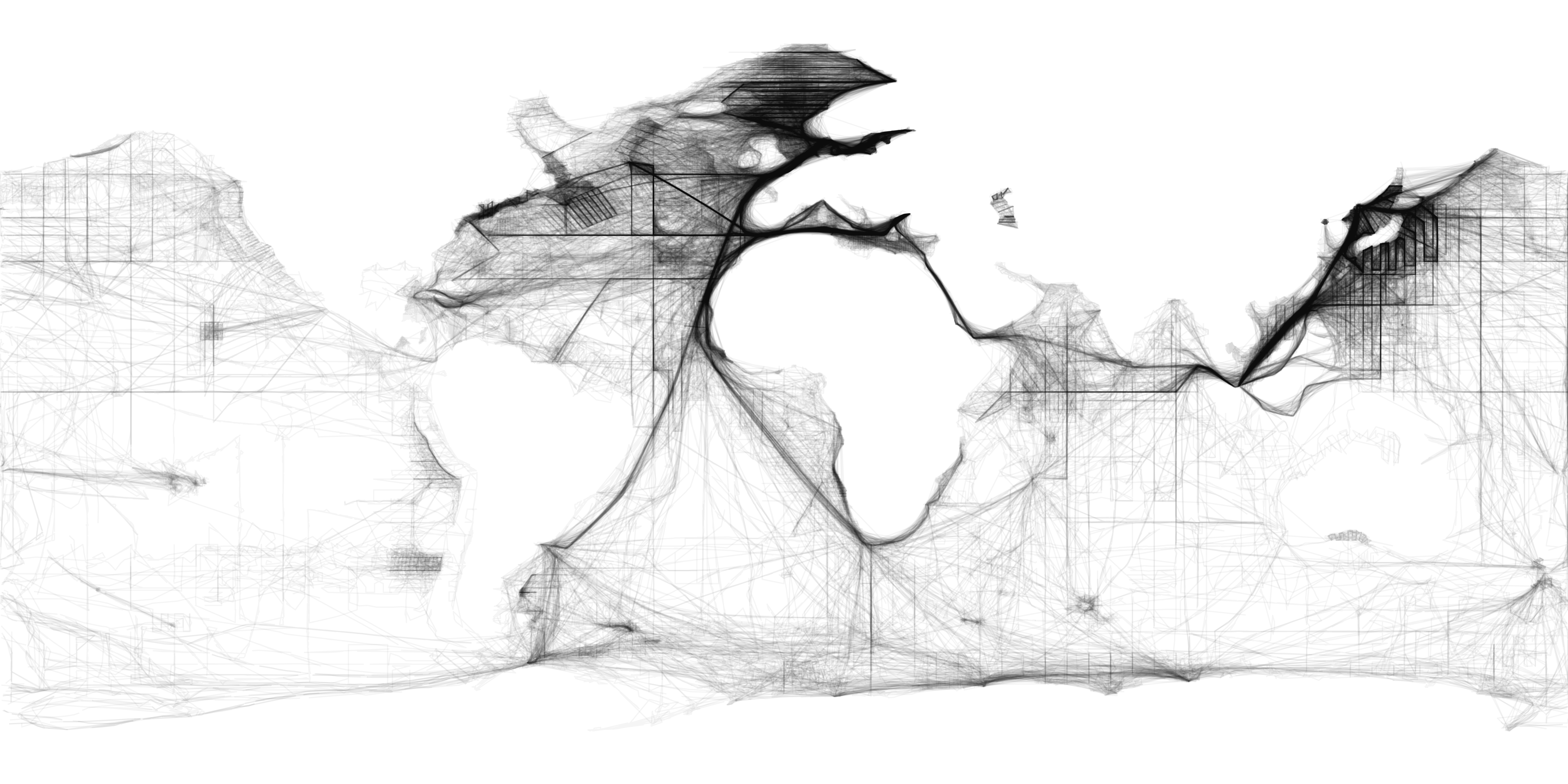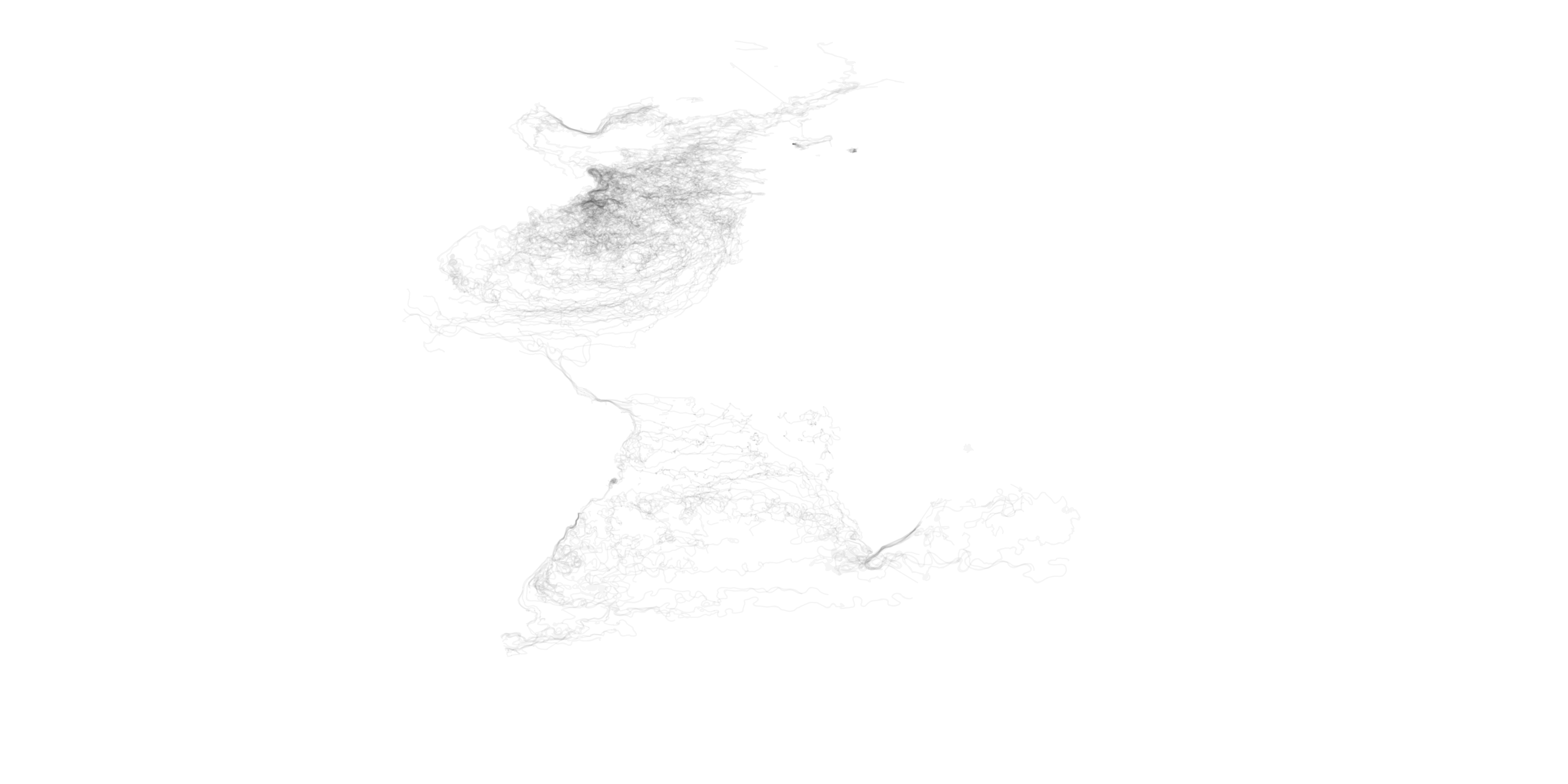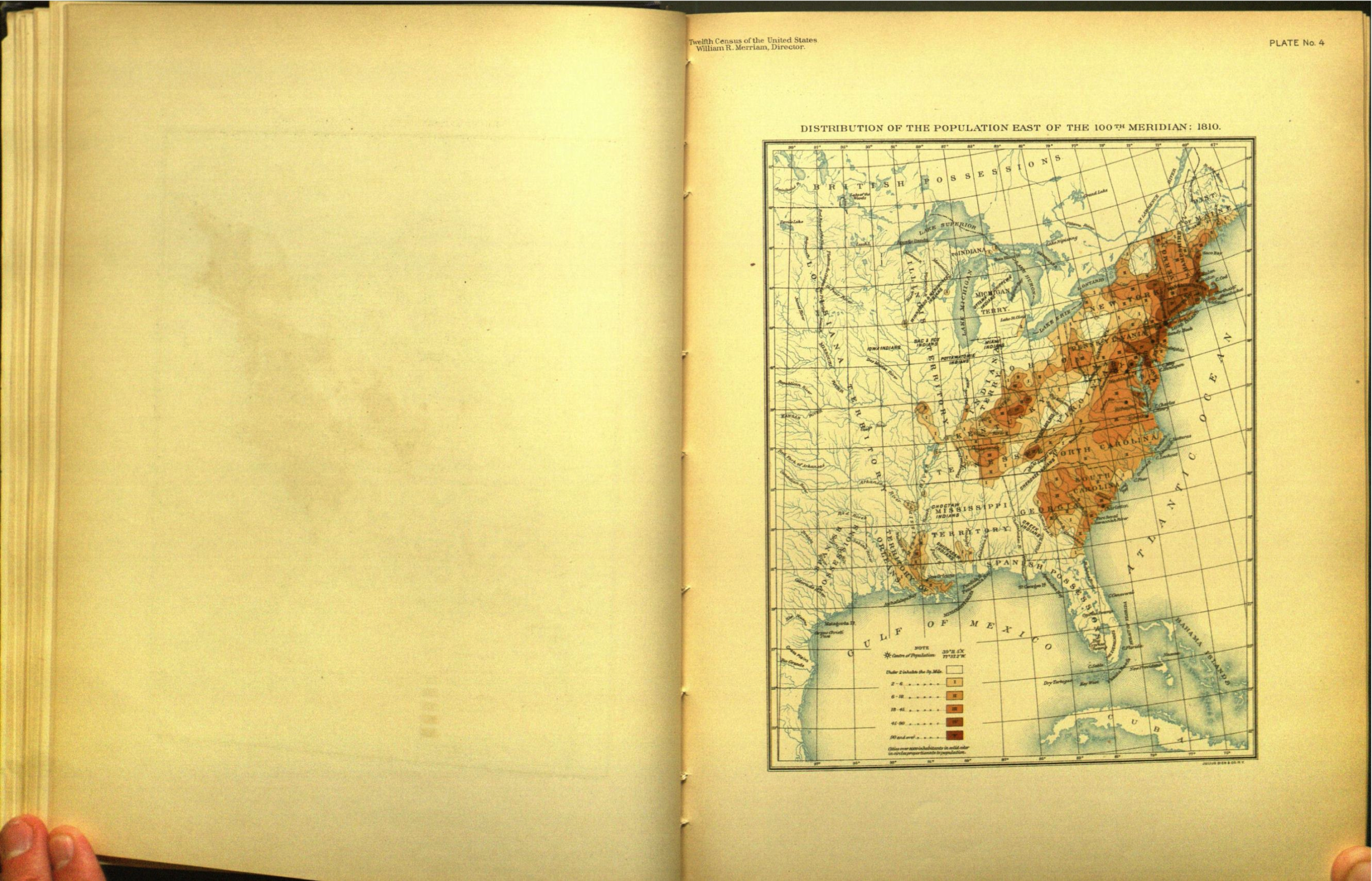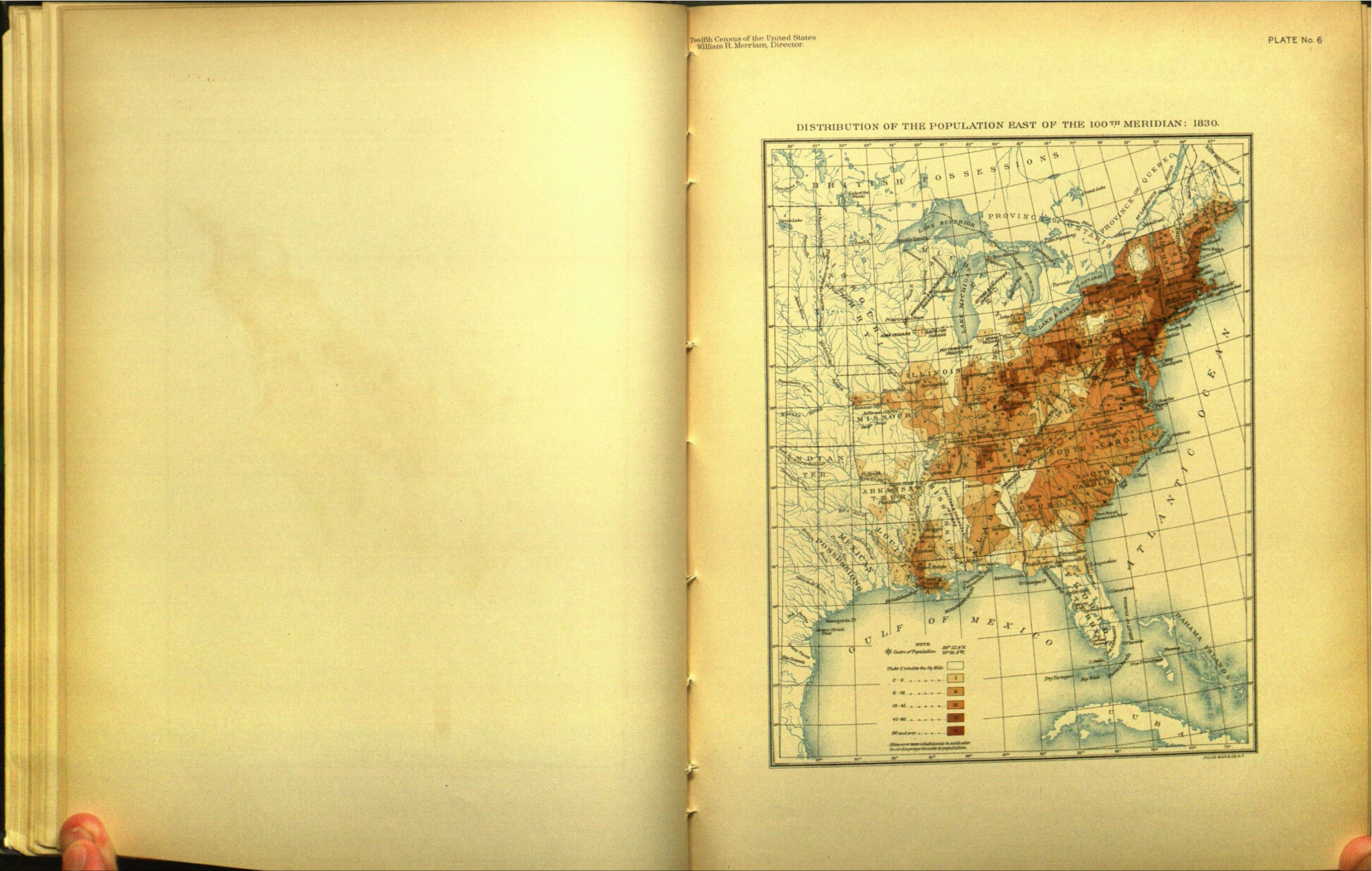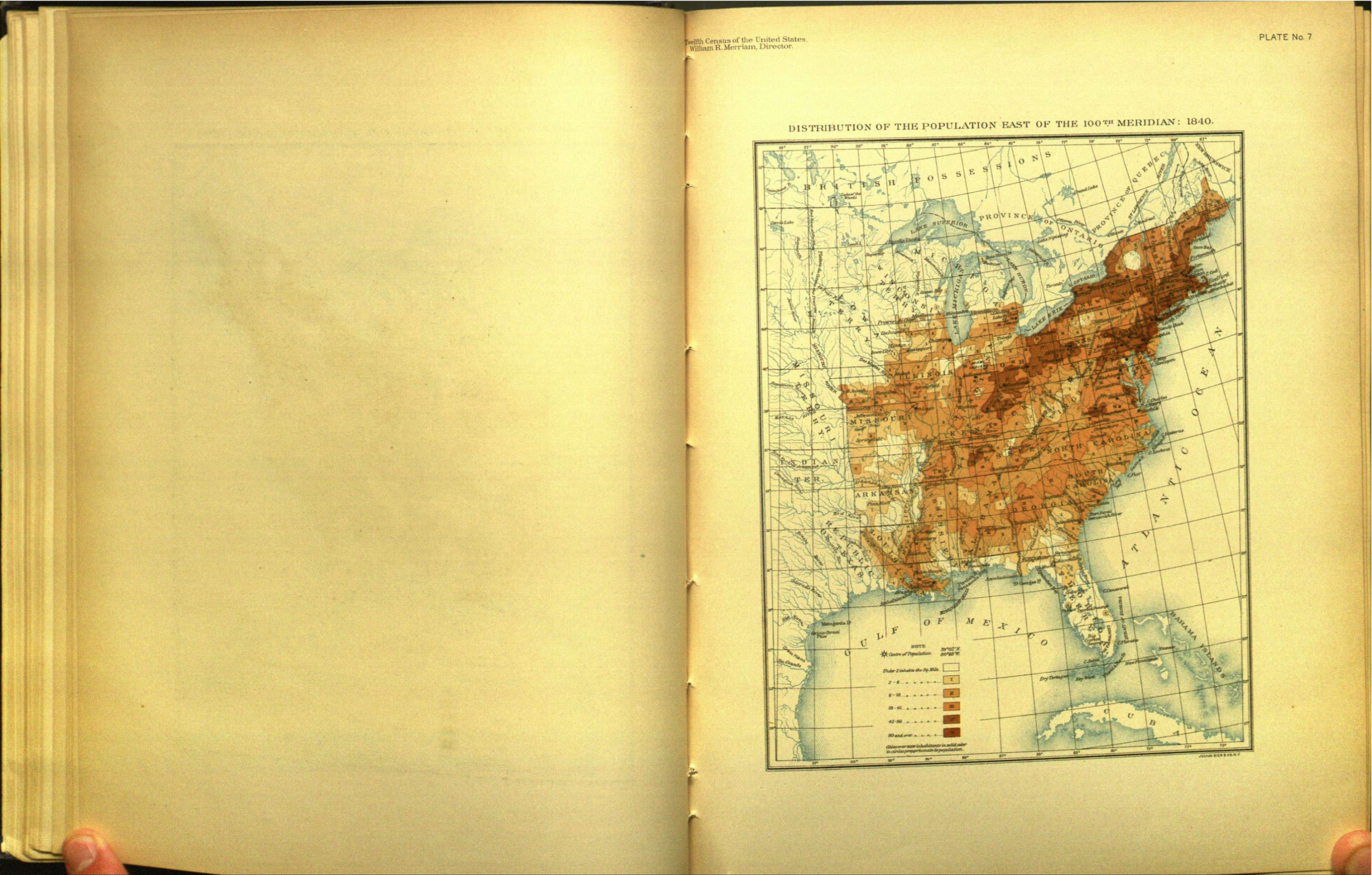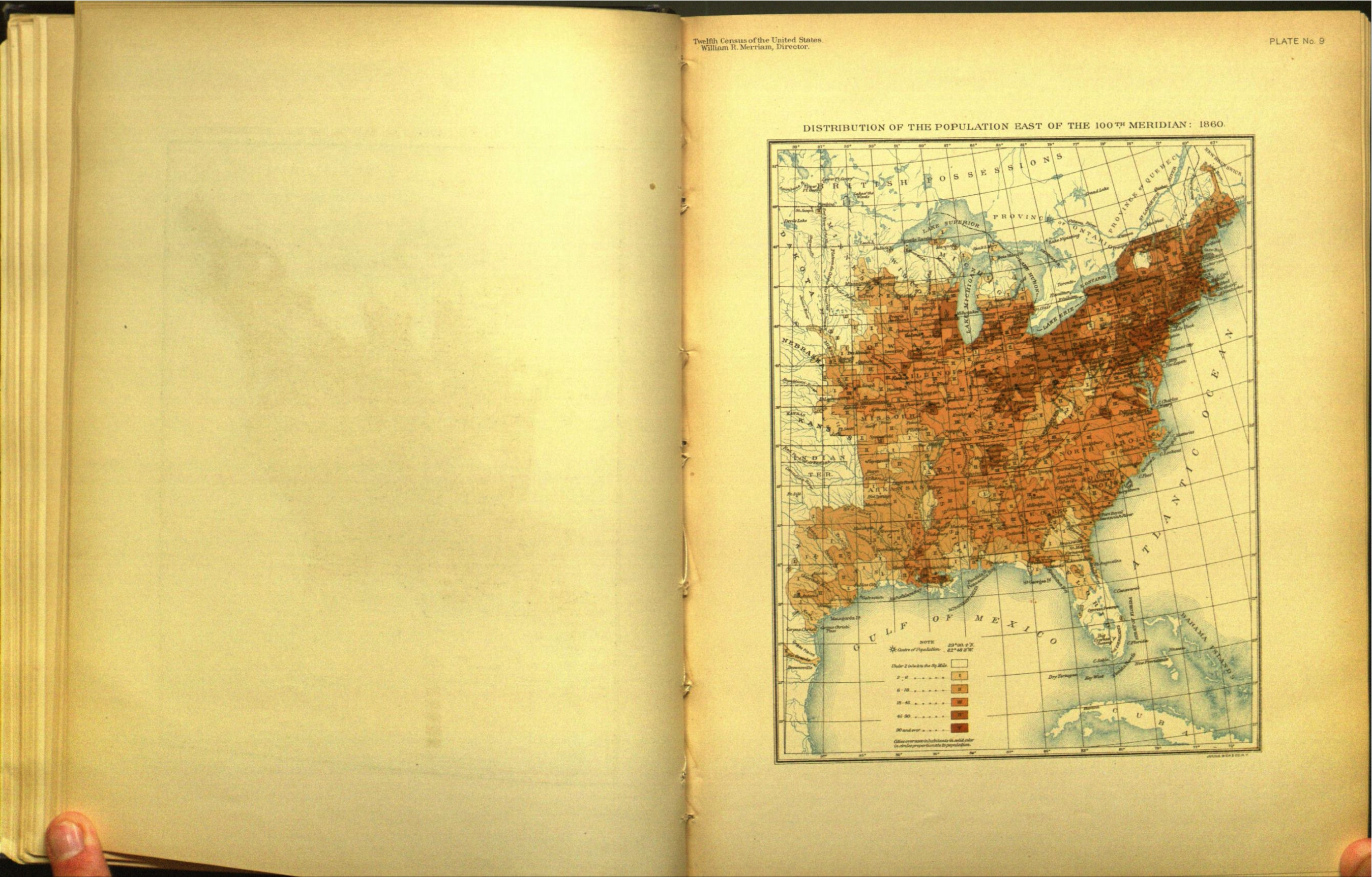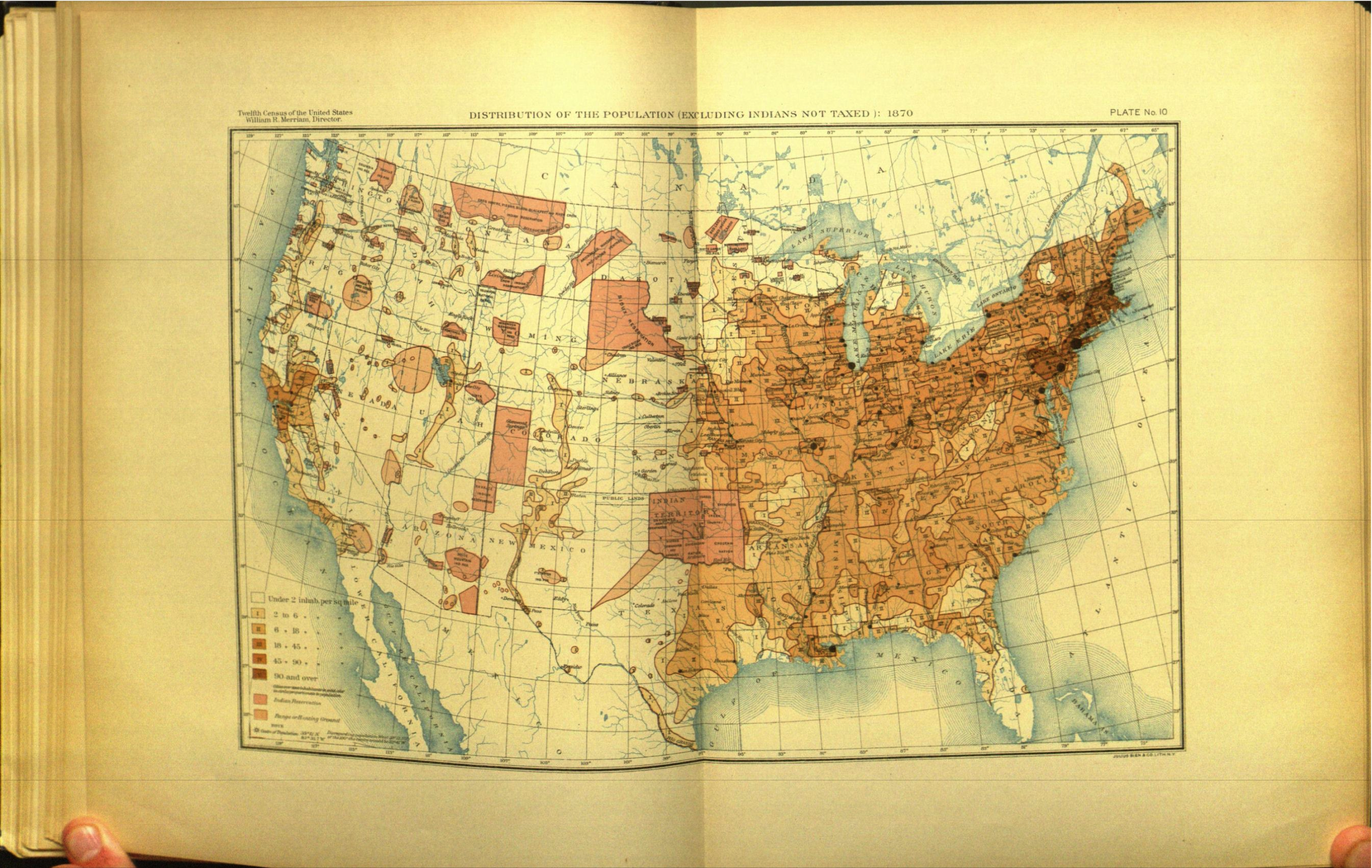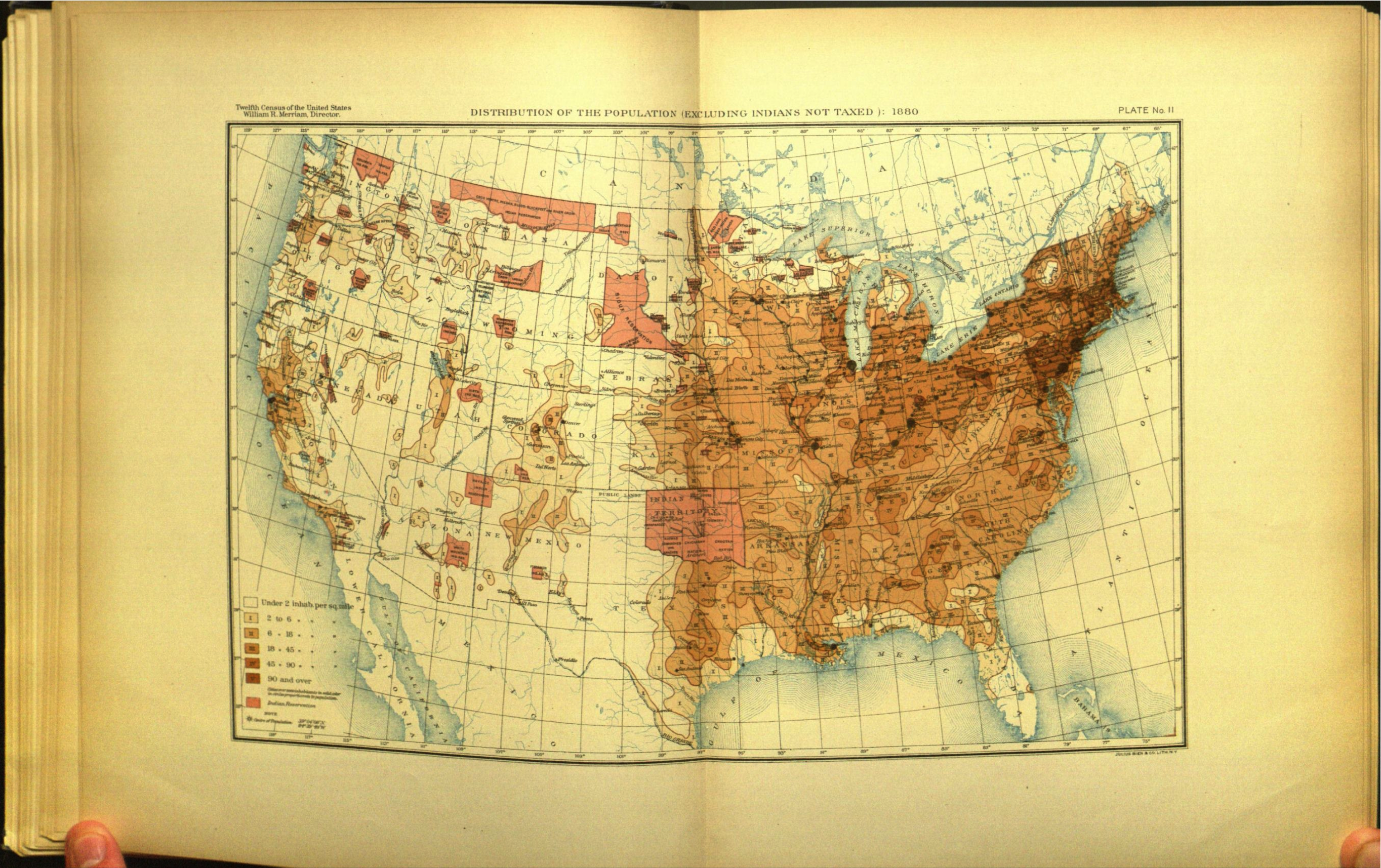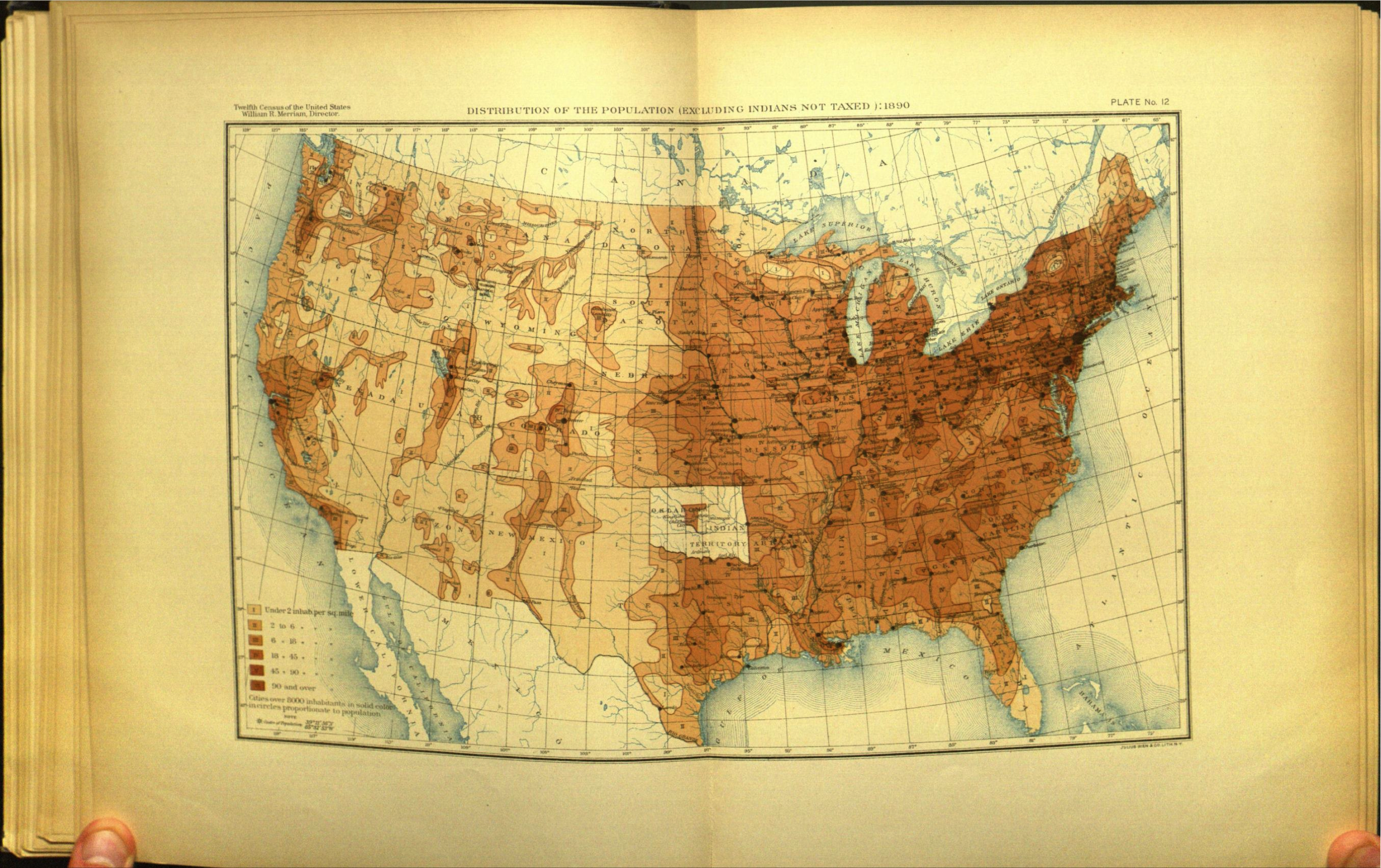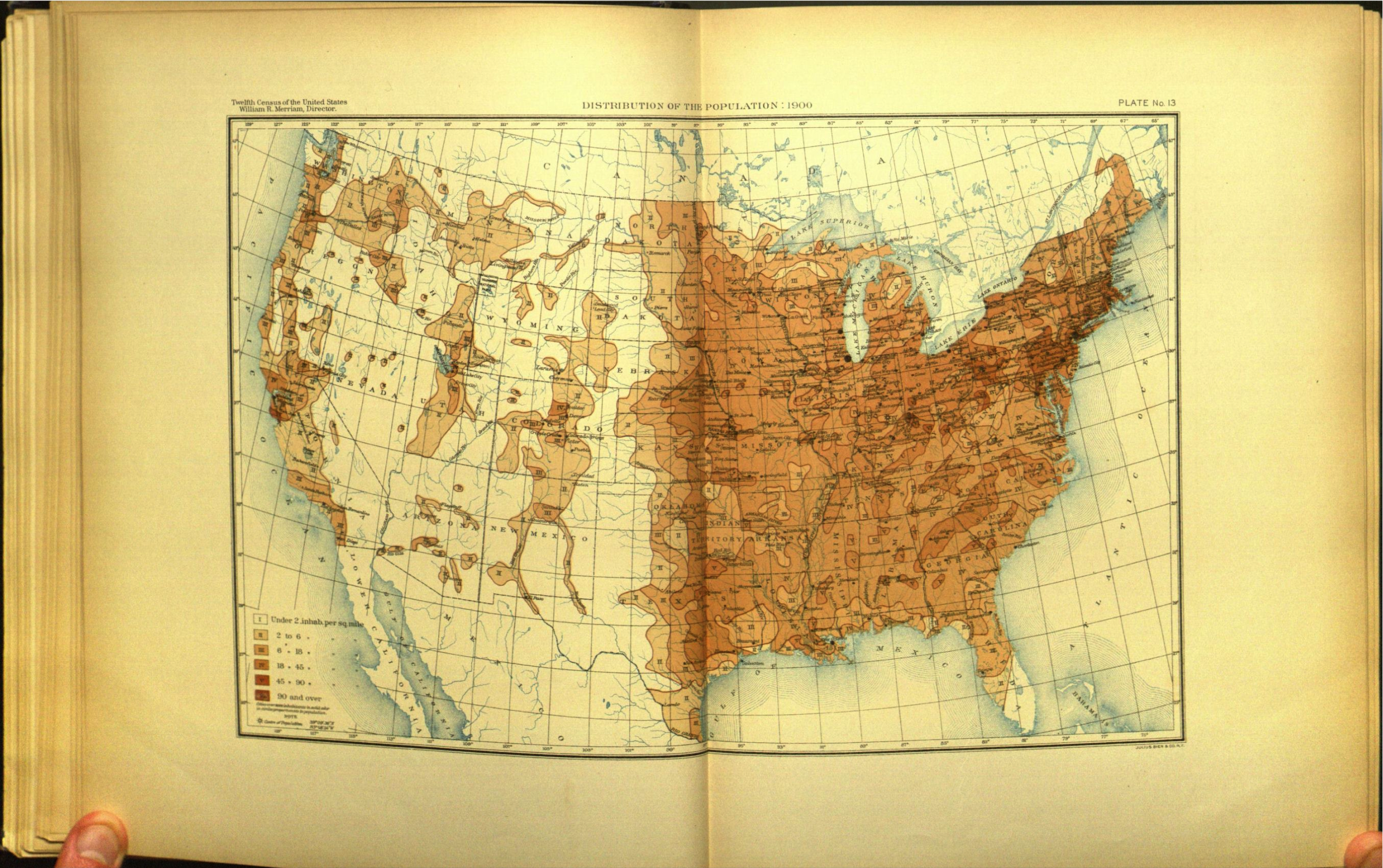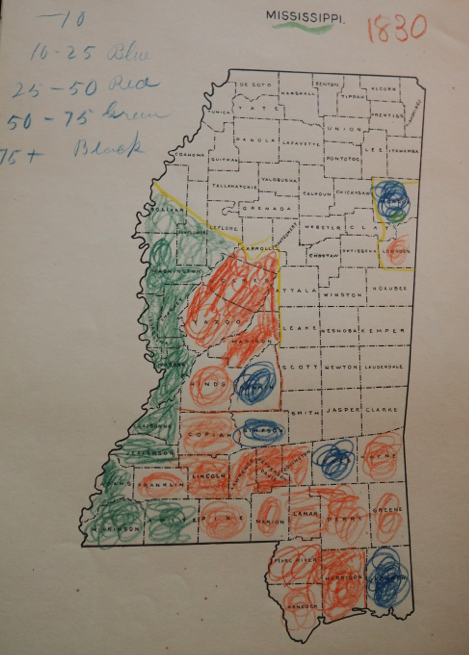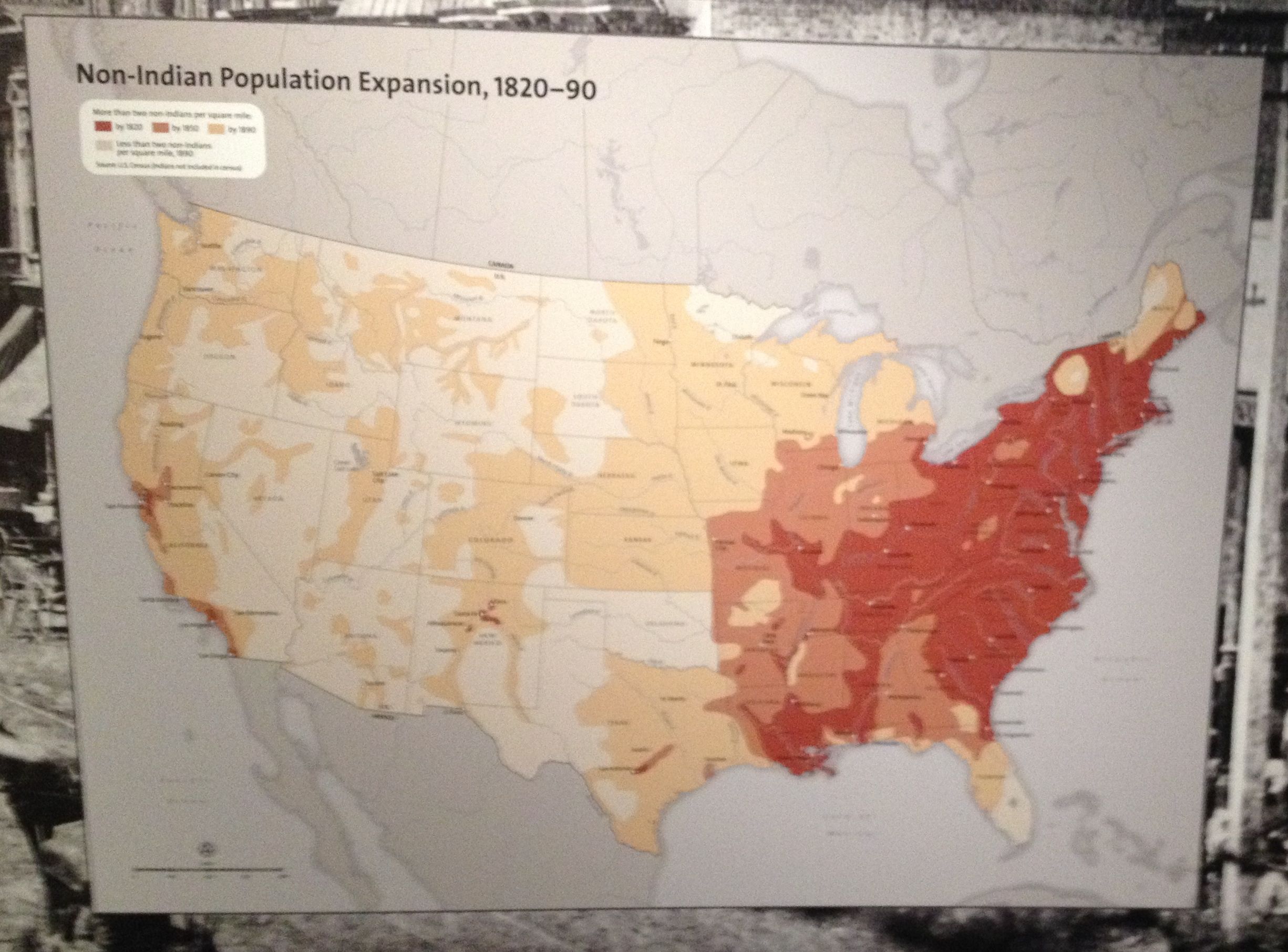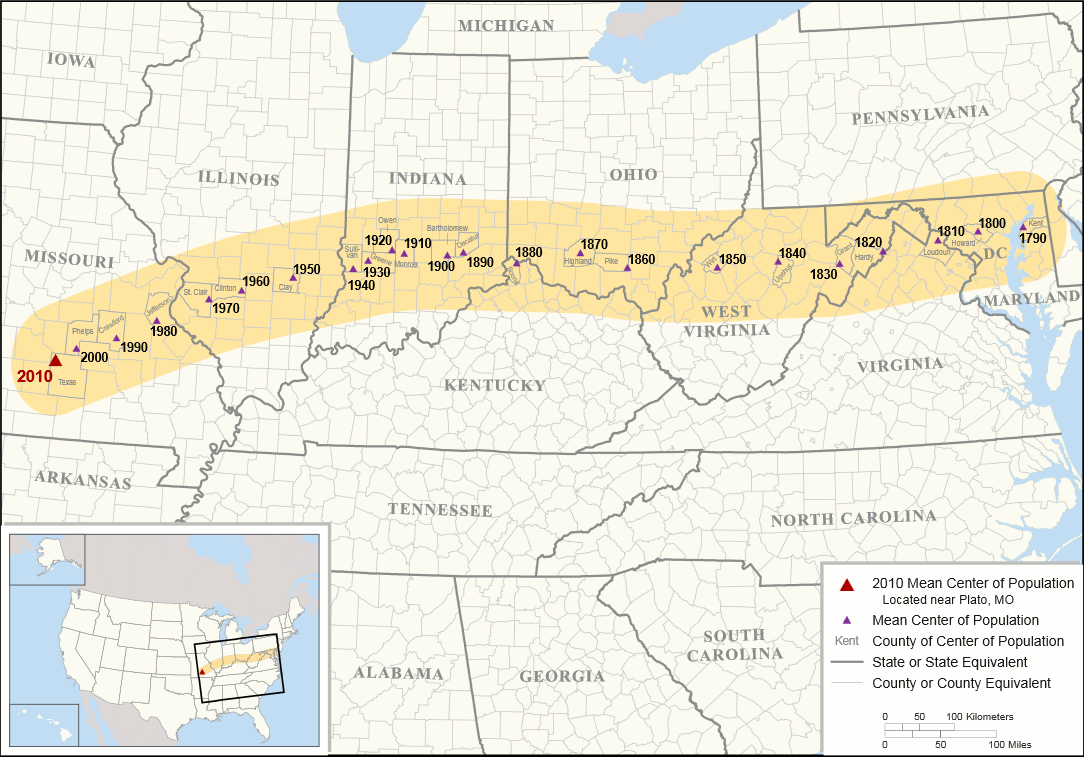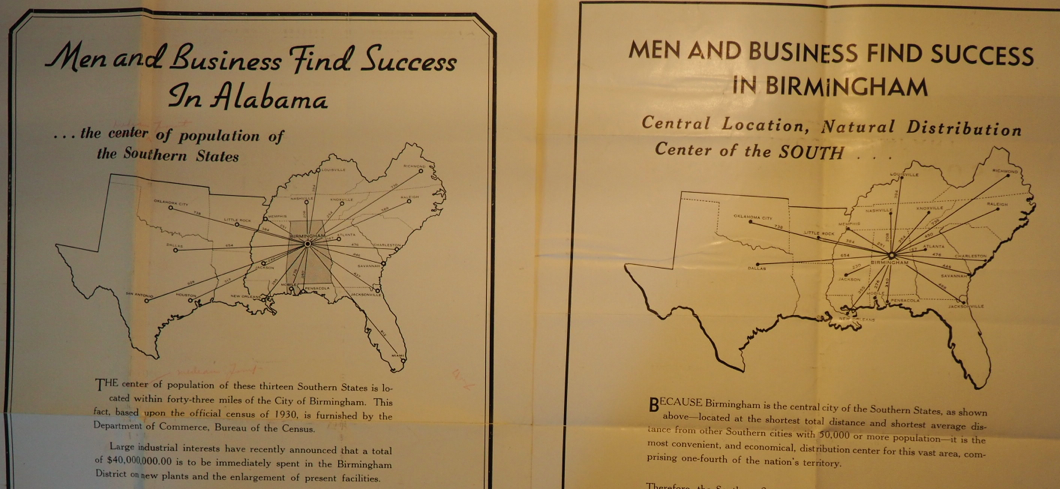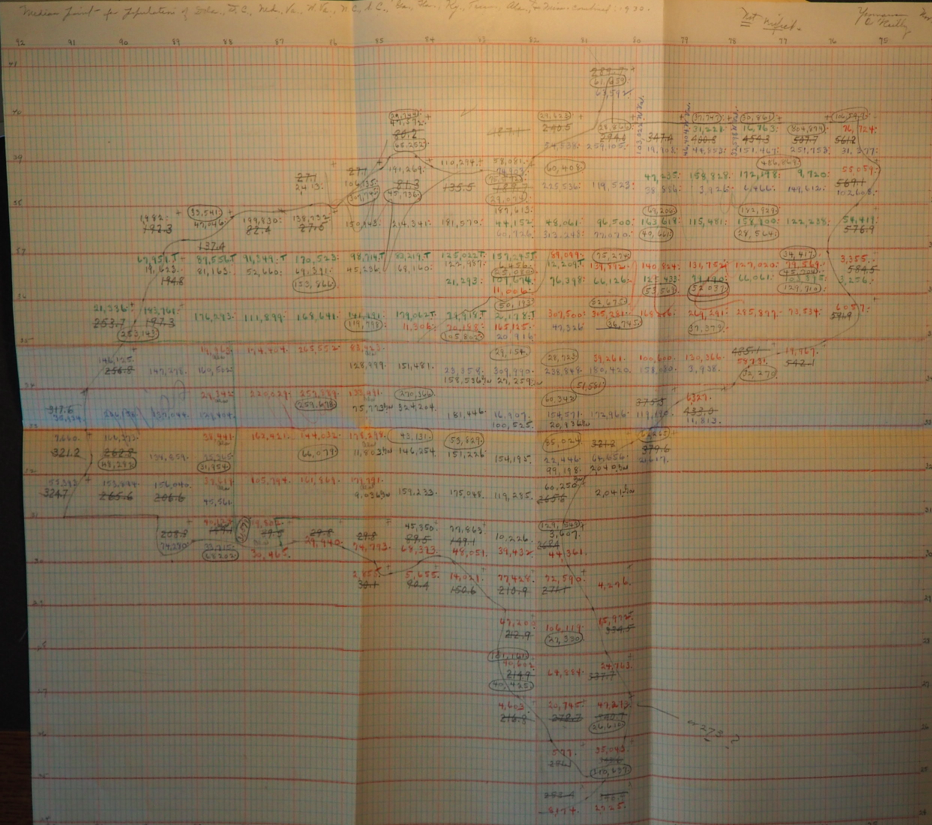Humanities Data Analysis
Benjamin MacDonald Schmidt
2015-04-01
Problem 1: Intractable Sources
Methods: Humanities Data Analysis
Logbooks
How do you read a logbook like this?


Statist visions: the census and the frontier
Digital history is about sources, not methods
Data sources are stories about structures
Humanities data analysis lets us understand how states see
Conclusion A: States create data.
Overview
Overview:
- Mapping the Oceans (seeing like a state)
- The signification of the frontier
Seeing Like a State
1848 6 1 3723 29038 02 4 10ISABE*_N 1 5 \
165 20779701 69 5 0 1 FFFFFF77AAAAAAAAAAAA 99 0 790044118480601 \
3714N 6937W NW 51 NW 57 NW \
51 201A.STEWART NEW BEDFORD WHALING V\
OYAGE 2620 199Historical Data Revisualization: The Frontier
In a recent bulletin of the Superintendent of the Census for 1890 appear these significant words: "Up to and including 1880 the country had a frontier of settlement, but at present the unsettled area has been so broken into by isolated bodies of settlement that there can hardly be said to be a frontier line. In the discussion of its extent, its westward movement, etc., it can not, therefore, any longer have a place in the census reports." This brief official statement marks the closing of a great historic movement. Up to our own day American history has been in a large degree the history of the colonization of the Great West.
Why revisualize?
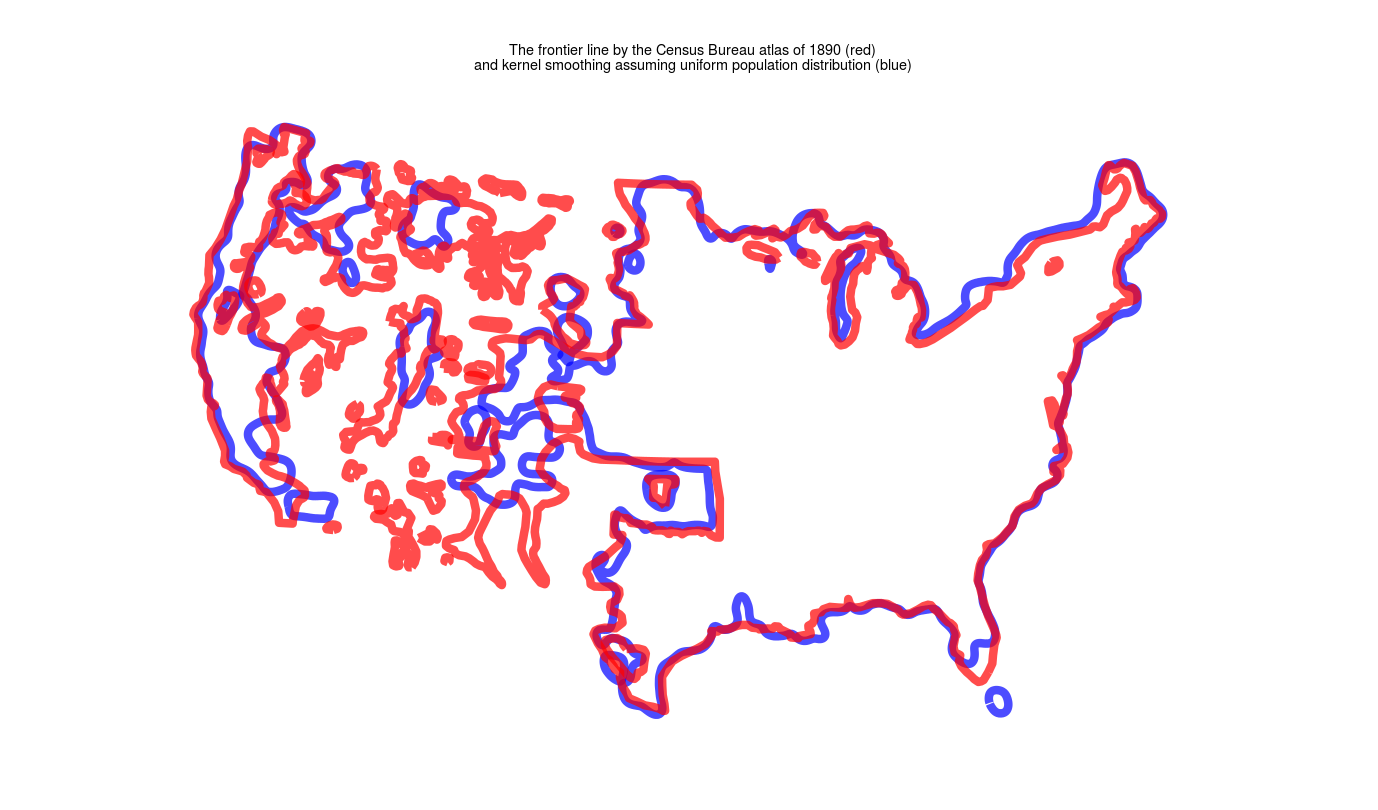
Why the rush to close the frontier?
Closing of Indian Country
Constructing authority: The Center of Population
The 1890 Census
Humanities Data Visualization

Etc




